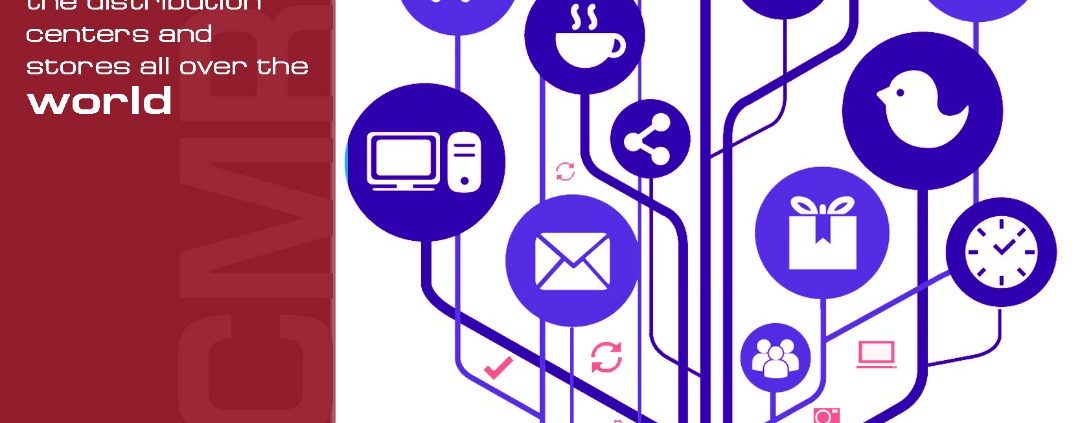Supply Chain Management
CMRFID products and solution can be integrated in all steps of supply chain. These days factories, distribution centers, and stores are equipped with and reap the benefits of RFID. Many factories started the source-tagging of all their own branded products at the manufacturing plants in recent years. RFID labels were placed on items during the manufacturing process, encoded with a unique identification number stored in the retailer’s database.
CMRFID solution tracks products throughout the entire supply chain, from factories to the distribution centers and stores all over the world. In the manufacturing factories, suppliers use handheld RFID readers to record and track the shipping of goods to the distribution centers. The RFID identification makes the tracking process easier and faster, and reduces the risk of error.
When a product arrives at a distribution center, using fixed RFID readers the product ID is read from the RFID tag and recorded. The products are then stored for the picking process.
The labels are printed and encoded with a unique identification number. Once the source-tagged goods are received and the other branded goods have been RFID tagged, different types of RFID systems such as mobile readers or RFID reading tunnels are used to perform cycle counts and shipping control. Factory side can ensure that the right products are shipped to the right stores.
After products arrive at the stores, they are placed on display shelves ready and available for shoppers. Store staff use an ergonomic and light RFID handheld reader connected by Bluetooth to a smartphone, to perform shelf inventories, 5 times faster than with the former systems and technologies.
Manufacturers can also install RFID based check-out systems in order to facilitate and accelerate the payment process. The system can consist of an RFID reader embedded into the check-out table. When a customer wishes to check-out, the cashier simply passes the products across the top of the table to read the product RFID ID encoded into the label without having to use a traditional barcode system.
The retailer installs EAS-RFID gates at the stores entrance. RFID tags are detected when passing through the gates so the system can check if the products have been purchased or not, and thus start an alarm to alert the security staff.









Leave a Reply
Want to join the discussion?Feel free to contribute!